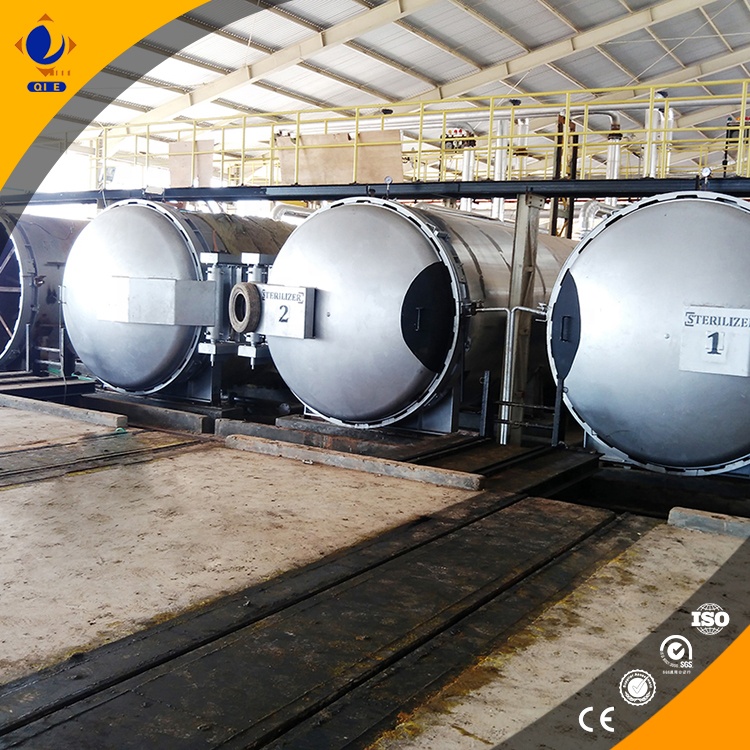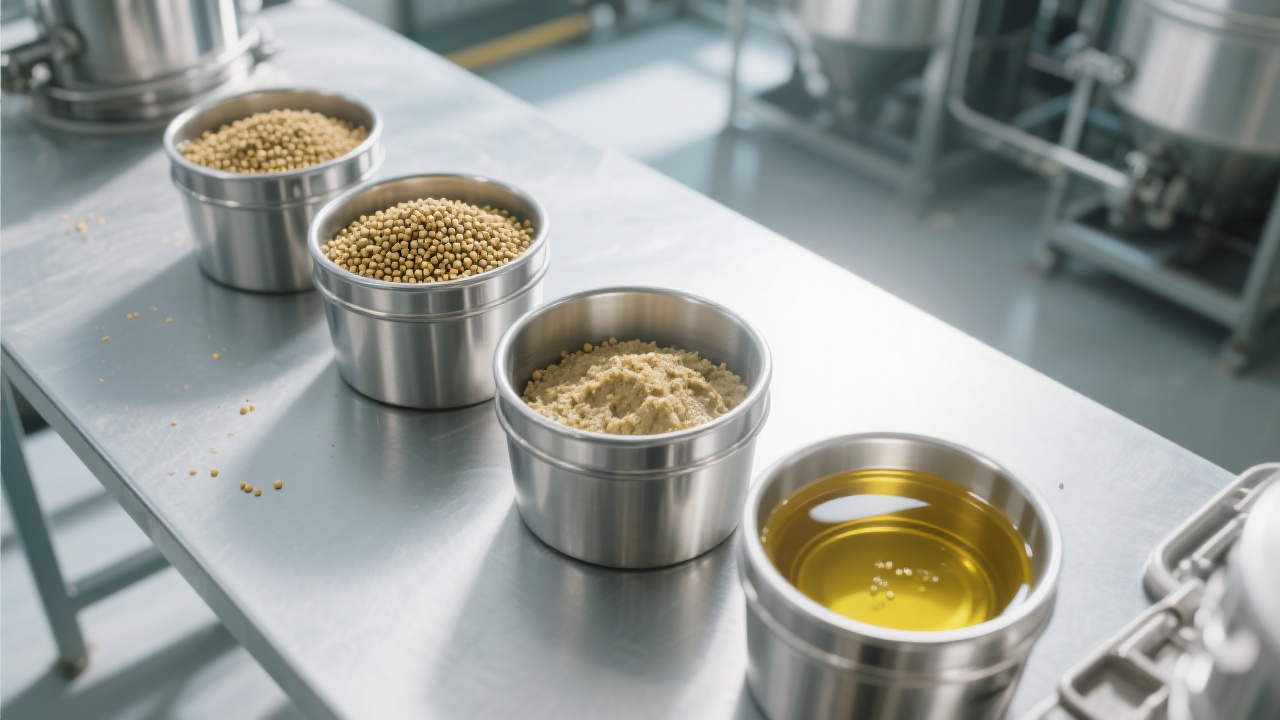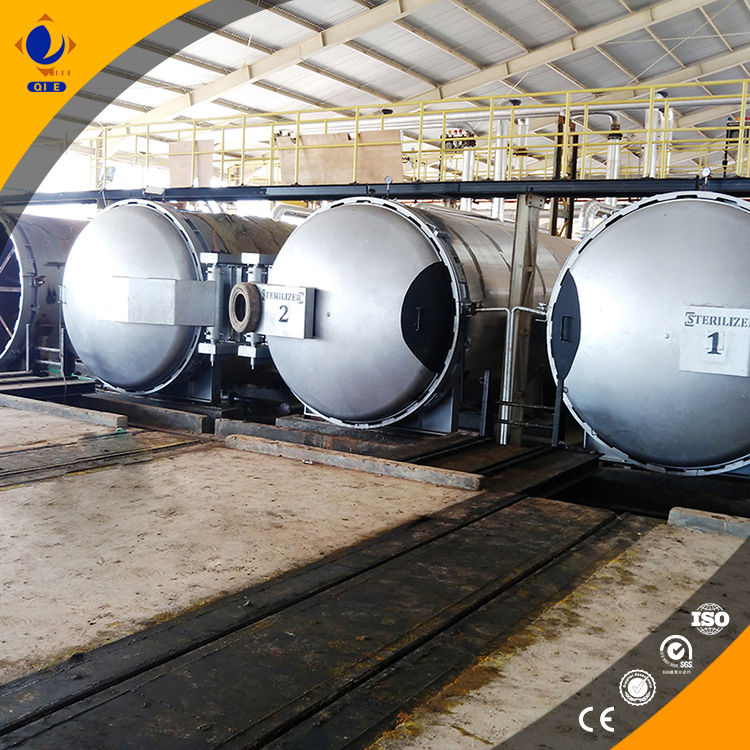
Efficient degumming is pivotal in the edible oil refining process, directly influencing oil quality, yield, and downstream processing stability. This article presents a comprehensive analysis of two predominant degumming methods — hydration degumming and acid degumming — with a focus on their application in soybean and rapeseed oils. Understanding the physical-chemical mechanisms and selecting optimized process parameters such as temperature, pH, and agitation speed is critical for maximizing impurity removal while preserving oil integrity.
Degumming entails the removal of phospholipids, mucilaginous gums, and other impurities from crude vegetable oils before neutralization, bleaching, and deodorization. These gums, if not effectively removed, cause operational issues like increased color, reduced yield, and equipment fouling. The two main degumming approaches — hydration and acid degumming — utilize distinct mechanisms:
| Aspect | Hydration Degumming | Acid Degumming |
|---|---|---|
| Mechanism | Hydrates phospholipids into gums | Converts non-hydratable phospholipids to hydratable form |
| Key Parameters | Temperature 60-70°C, Water addition 2-3%, pH ~6-7 | Acid dose 50-150 ppm, Temperature 65-75°C, pH 4.5-5.5 |
| Suitability | Effective for hydratable phospholipids, especially in soybean oil | Necessary for non-hydratable gums common in rapeseed oil |
| Outcome | Lower chemical use, simpler operation | Higher phosphorus removal, improved oil clarity |
Recognizing the intrinsic raw material differences is key to tailoring degumming processes effectively:
Soybean oil contains a higher portion of hydratable phospholipids, making hydration degumming the preferred first step. Recommended parameters include:
Rapeseed oil typically contains higher content of non-hydratable phospholipids (NHPs) that do not respond well to water hydration alone. Acid degumming converts these NHPs using mild acidification:
Adjustments to these parameters based on plant specifics and oil variability are recommended. In some cases, a combined degumming strategy—initial hydration followed by acid degumming—boosts overall phospholipid removal and protects oil quality.
Phospholipids exhibit amphiphilic properties, forming colloidal gums that complicate separation. Hydration causes polar phospholipids to swell and aggregate, facilitating mechanical separation. Acid degumming chemically modifies bound phospholipids (especially NHPs), liberating them for removal. The synergistic impact of temperature and agitation enhances molecular interactions, promoting gum flocculation and sedimentation.

Even with optimized parameters, operators often face practical issues requiring diagnostic analysis:
| Problem | Possible Cause | Recommended Solution |
|---|---|---|
| Incomplete Gum Removal | Insufficient water or acid dosage; low temperature | Increase hydration water or acid concentration; raise temperature by 5°C |
| Oil Darkening After Degumming | Overheating or extended residence time | Reduce degumming time; keep temperature below 75°C |
| Gum Sedimentation Issues | Inadequate stirring speed or equipment design | Increase agitation speed; inspect mixing impellers and tank geometry |

Achieving optimal degumming sets the stage for improved neutralization, bleaching, and deodorization. Effective gum removal reduces soap stock formation and bleaching earth usage, thus improving operational cost-efficiency and final oil stability. Process engineers must thus prioritize parameter tuning and regular monitoring to ensure consistent degumming performance.

Integrating these insights into your degumming operations can substantially elevate edible oil quality and production efficiency. For personalized process audits, technology integration, or on-site optimization support, connect with our expert team at Penguin Group today and unlock tailored solutions that drive superior results.



